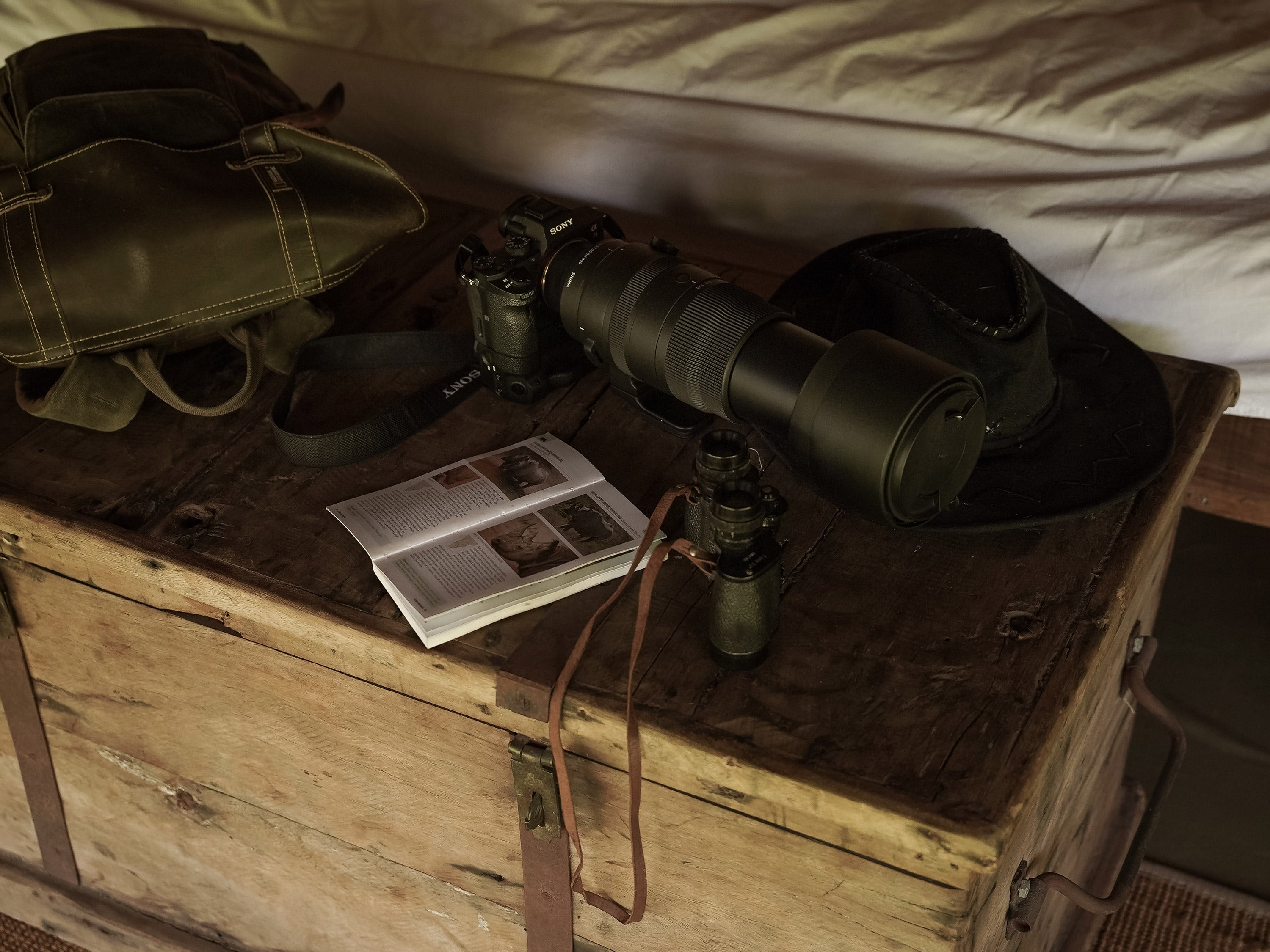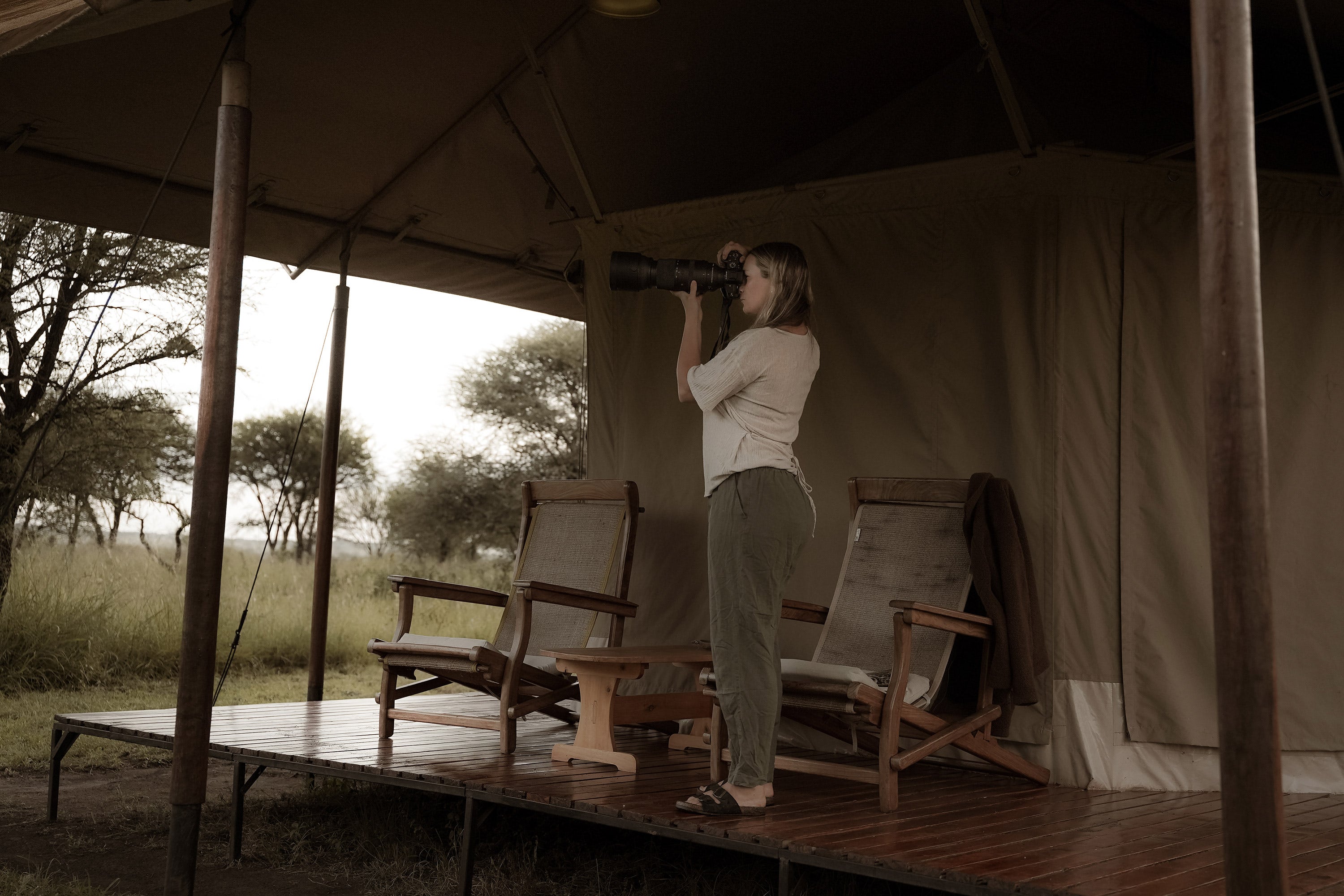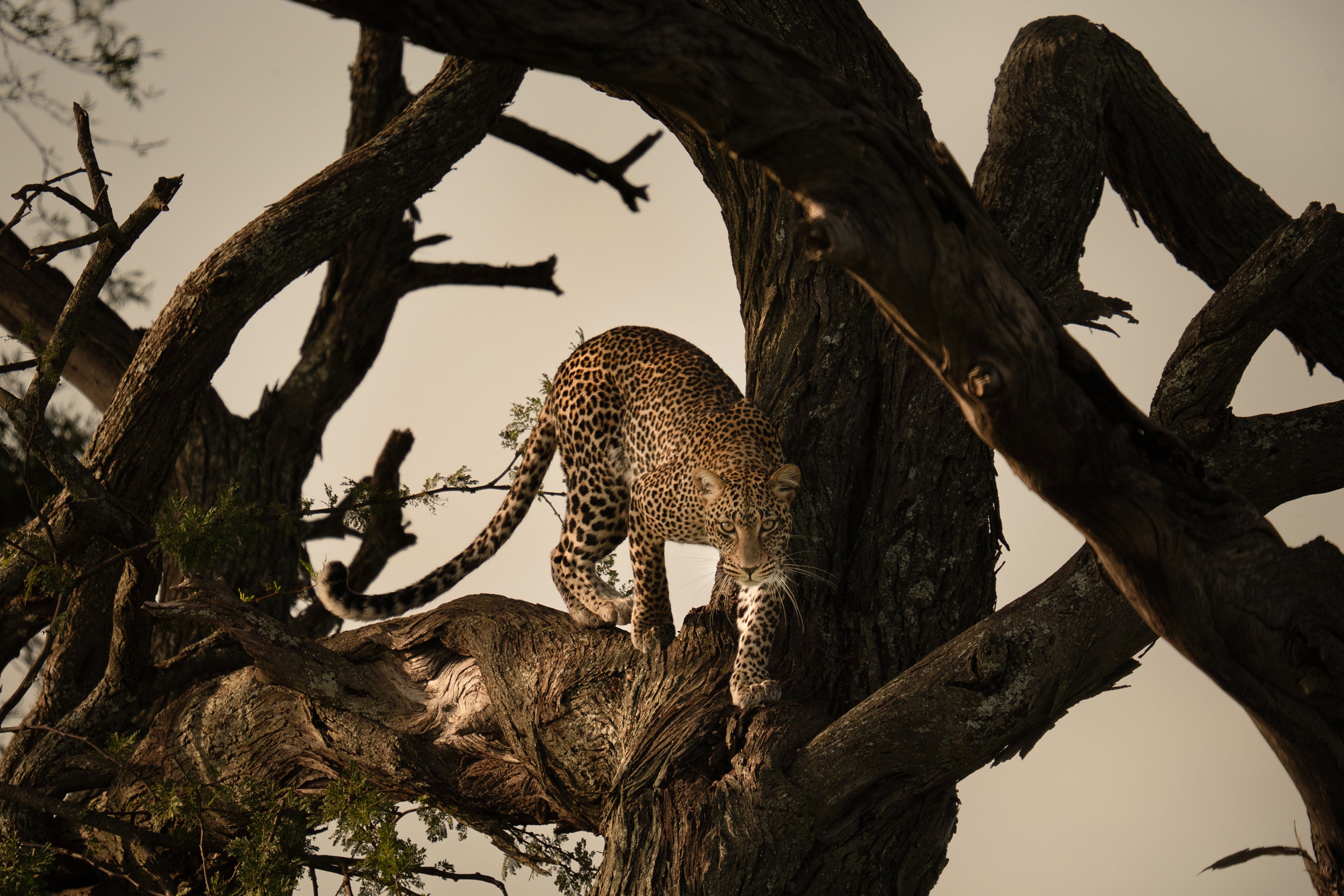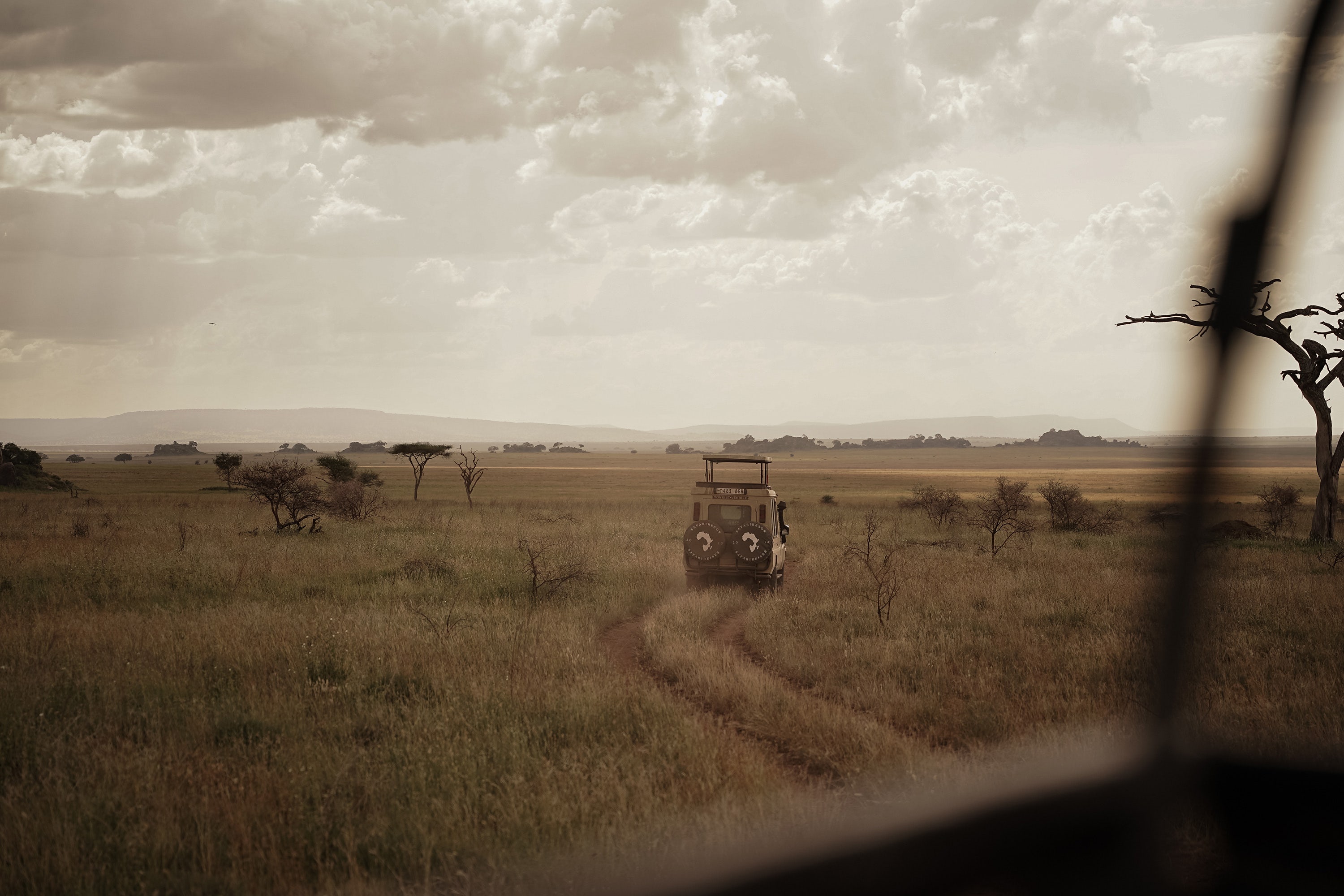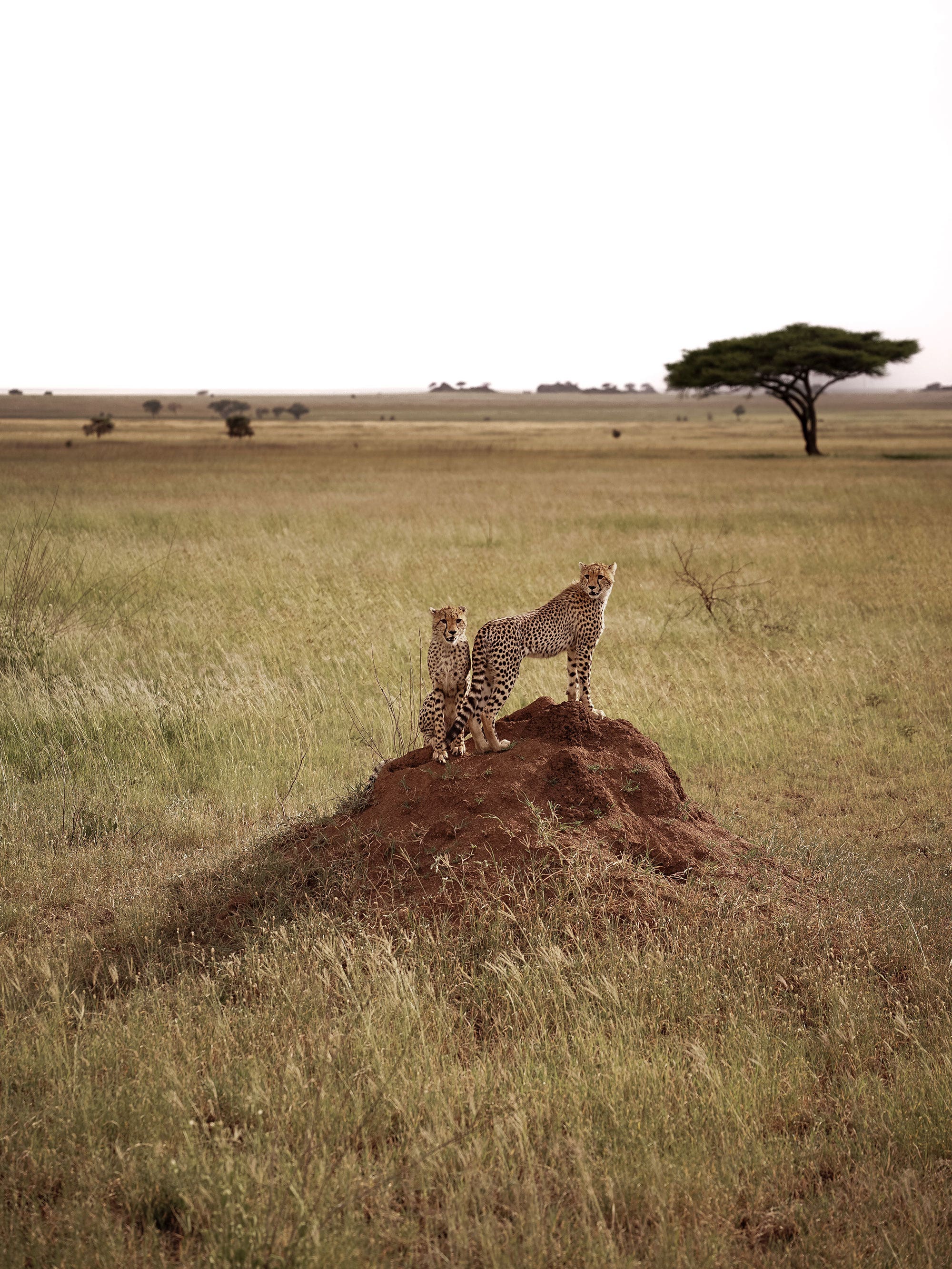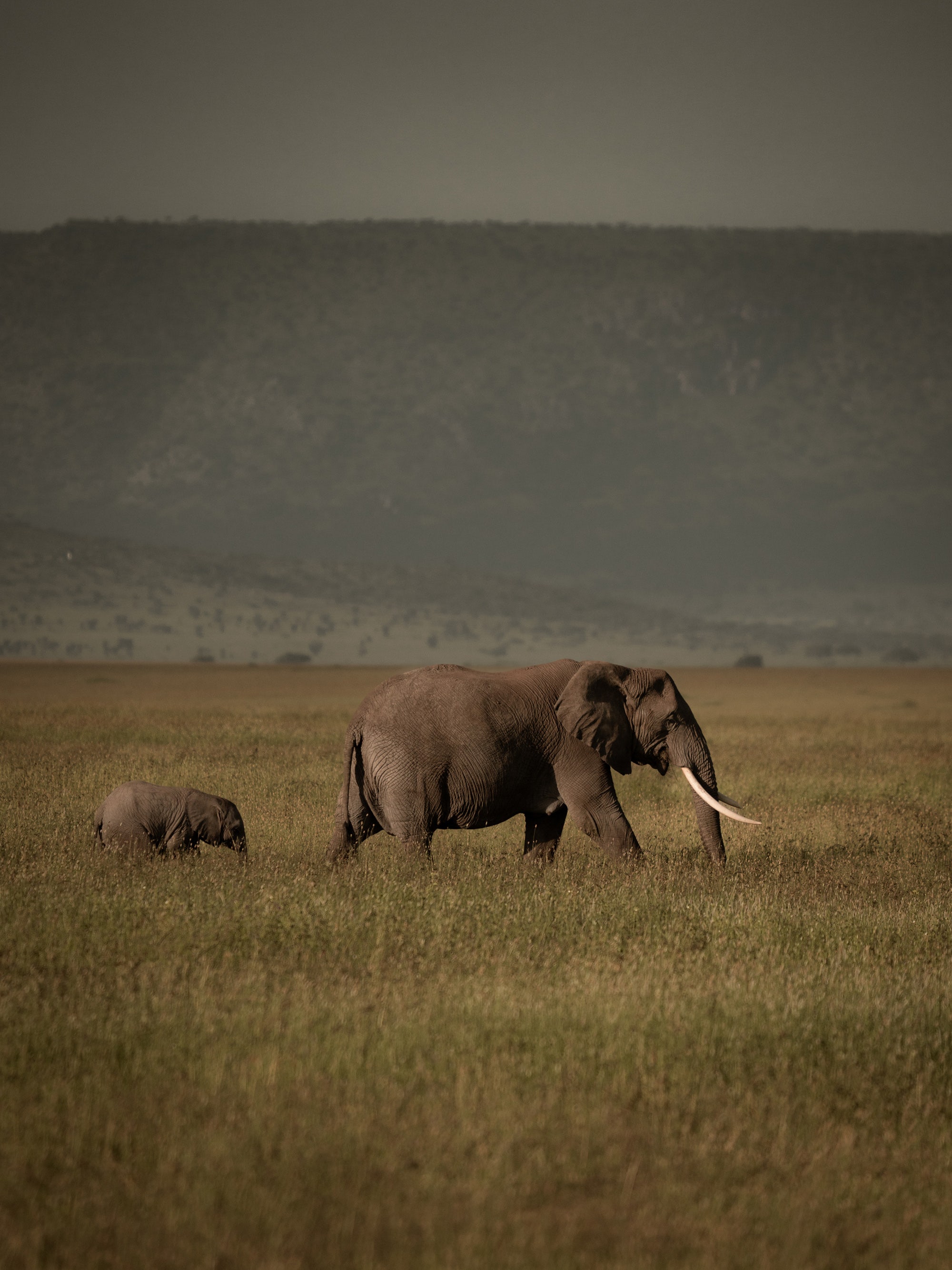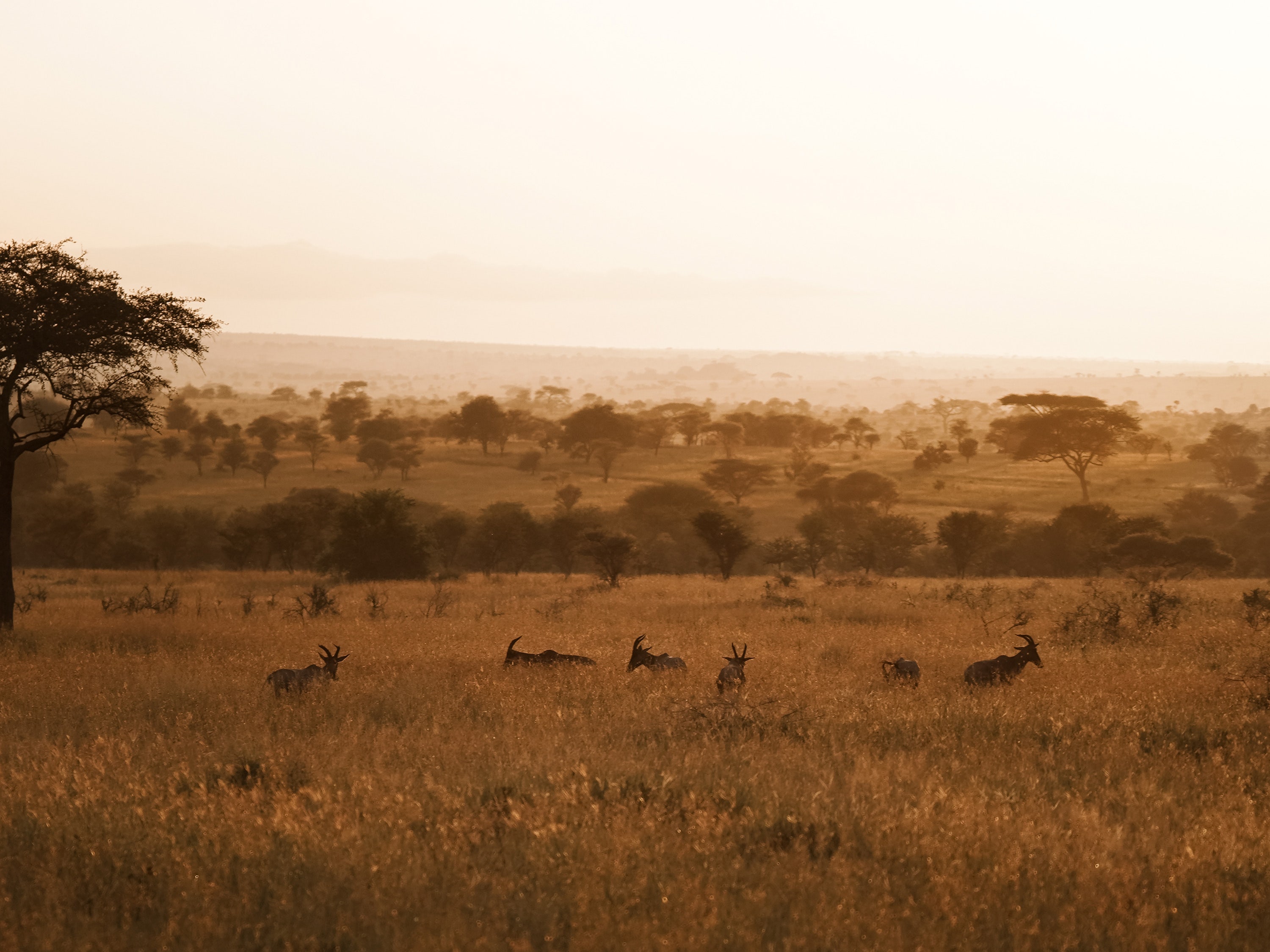The perfect safari lens combination
150-600mm F5-6.3 DG DN OS Sports
24-70mm F2.8 DG DN II Art
By Emilia Lambertsson
What is the most important thing other than patience while being on safari? If you ask me, a safariguide, biologist and photographer it is to have two camera houses ready with the perfect lens combination. You can wait hours and hours for a moment to happen and when the action is on, there is no time to change the lenses. During my recent trip as a safariguide in Serengeti, Tanzania the combination of a wide lens with a low f-value in combination with a zoom was the perfect combination to capture the wildlife both in landscape mode and close ups from far away.
Another important thing with this combination is that I never had to change lenses during my safari, something that can be really damaging to your camera house since the days out on the savanna is both sweaty and dusty. And some interactions with wildlife on the savanna disappear as soon as they appear, that's why you often don't have the time to change the lens or change the lens in a proper and safe way. The stress of changing a lens could easily end up with a bad photo, a missed opportunity or a broken camera house full of dust.
From close ups on leopards moving down a tree or a landscape photo of a safari car, the opportunities to take amazing photos is everywhere in Serengeti national park. And the landscape changes quickly, from the dry and dusty roads to the dark clouds and rain just minutes later. Being in a humid tropical environment with heavy rains and dust can really damage your lens if you don't have the luck to be using lenses with features like dust and splash-resistant structures and water and oil repellent front coating. Being on safari with a lens that stops to work due to dust is not something that I would recommend, I have unfortunelly tried it. It is not to recommend loosing lenses during a once in a lifetime trip.
Is it really enough with these two lenses and did I miss to cover the focal length between 70 - 150 mm? Actually I did not miss the focal length in between at all, if it is possible with respect to the nature and the animals I love to come close to the animals which makes the 24-70 mm ideal. Look at the gepard cubs on the old termite stack, this photo is taken with the focal length of 70 mm, this gives me the ability to capture the surrounding landscape and be close to the animals. What a dream!
I really got it all covered, the close up on the cheetah that was fast and determined on a early morning hunt and this close up would not have been possible with any other lens than a zoom since I do believe and work in a sustainable way when I travel with my safari groups. And sometimes that include to compromise a close encounter to give the animal space and respect.
We had one great example of respect on this safari. The cheetah cubs were at first sleeping on the ground by another termite stack, as we were far away we didn't really know how old the cubs were. Another car went off road to get close to the animals. We didn't want to disturb them as we thought they were much younger, so we waited. The other car got the close experience but risked to disturb the animal, As that car drove away we got the most amazing encounter. We waited and the mother cheetah went up on the termite stack, followed by her two cheetah cubs and started to play a hunting game with a mongoose. The mongoose ended up in the termite stack on the photo below
and we ended up with not only amazing photos but also a great example of patience and respect to the nature. And it really payed off.
Speaking of changing landscapes, the northern Tanzania really has it all. Going from the crater of Ngorongoro conservation area to the plains of Serengeti national park is an experience I wish everyone could have. It is both powerful and mesmerizing at the same time, feelings that is hard to capture in a photo. That's why my advice to first time photographers that is going on a safari in this area is to look further away. At first you want that great close up photo of all the different species, because you want to come close. But then don't forget the nature, the habitat and the home of the animals. The landscape tells us a story.
To be honest everyone online nowadays are photographers, it is easy to get a good camera for a decent price. And it is also fun and exciting to show your work on social media. But it is also easy to feel overwhelmed and compare your photos with others in both a good and a critical way. My aim with my photos and safari trips are not just to see the animals in their natural habitat, it is to capture the feelings and the moments. The camera house is important and my lenses are even more important but most important is me and my vision. Dare to defy the rules of photography and just go with your vision.
BEHIND THE SCENES
ABOUT
EMILIA LAMBERTSSON
Biologist, Safari Guide and Photographer
Born in Kyoto in 1978, Naoki Miyashita is a freelance photographer and cinematographer that engages in branding and promotion for his clients through photography, cinematography, aerial photography and visual expression both in Japan and abroad. He is particularly renowned for his branded documentaries, which convey the worldview of product creation and brands without being bound by language.
